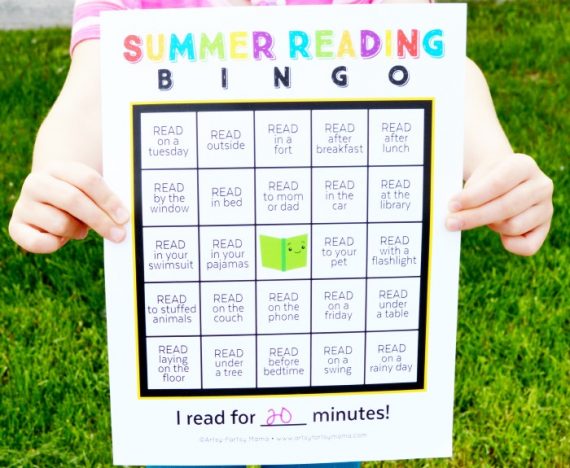I didn’t even realize that the spacing after a period was a thing until I sat down to proofread a document of my mother’s one day. After spending twenty minutes fixing typos, reformatting this and that, and deleting extra spaces in between words, I left her to review my changes and came back to more pesky extra spaces! When I started deleting them once more, my mother frantically asked what I was doing.
“Deleting extra spaces. You have a lot at the beginning of your sentences.”
“Um, they’re supposed to be there…”
“No, they’re not.”
This discussion continued in various forms, at various volumes, for some time before we both finally realized that we were operating under two different formatting “codes”. Raised in an age where digital and typed documents are common, an extra space stands out like a sore thumb. However my mom is used to the earlier days of word processing, where adding an extra space after a period was the norm, done in order to make the sentence break easier to read.
When typing was taught on a typewriter rather than a keyboard, double spacing after a period was common. On typewriters, every character is given the same amount of space, called monospaced type, rather than the proportionally spaced fonts common on keyboards and computers today. Monospaced type makes it more difficult to distinguish new sentences, and two spaces were thus used after punctuation marks to note the change. Nowadays, the number of spaces is more of an aesthetic choice, as proportional typesetting has rendered the double space obsolete. The connotations of using two spaces, however, may lead to unwanted and unjust age discrimination; if a potential employer spies two spaces post-period in your resume, you may come across as old or not technologically savvy.
Since talking about this with my mom (yes, we talk about grammar on a regular basis. Weirdos, I know) she’s paid closer attention to the articles and documents she reads, and noticed that, indeed, most sentence transitions only contain one space, not two. It never struck her before, as that was the way she had learned to type. She’s by no means technologically illiterate — in fact, she’s quite the opposite, and worried that continuing to double space after a punctuation mark would date her, giving off a first impression to new colleagues that she’s “behind the times”.
Knowing the history of the extra space, it makes sense to me now, and I realize the feeling of “This person makes so many mistakes! They don’t know what they’re doing or how to type!” that I sometimes feel when I see a large amount of spacing errors in a document is a generational thing. I believe it does date you (unfortunately); people have concerns about giving away their age for a number of reasons, but if you want to blend in and not draw attention to the technological era you hail from, I’d suggest getting in the habit of dropping the extra space so you don’t give off the impression that you’re not up-to-date with technology.
Did you spot my double spaces? Do you think it makes a difference in your finished typed document?
A play on the misquoted phrase “for all intents and purposes”, Intensive Purposes tackles one grammar rule or English language tip — from proper punctuation to misused phrases — in an easy-to-understand mini-lesson.




Comments are closed.